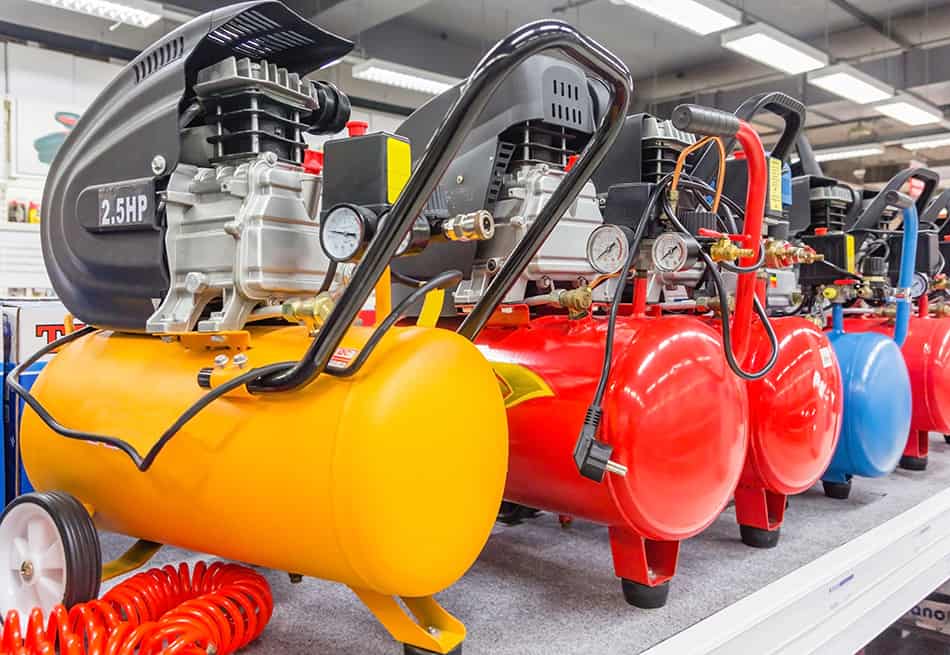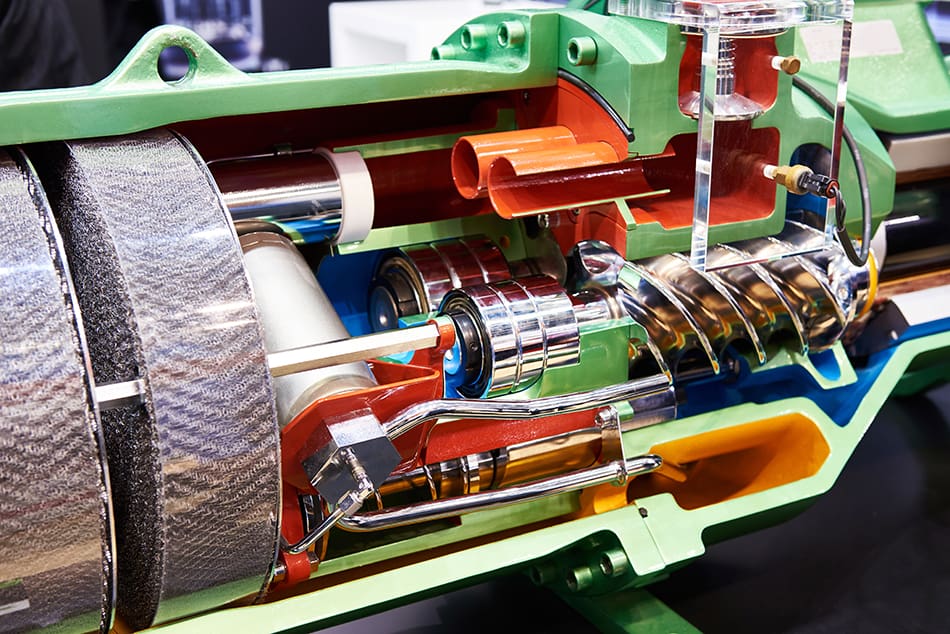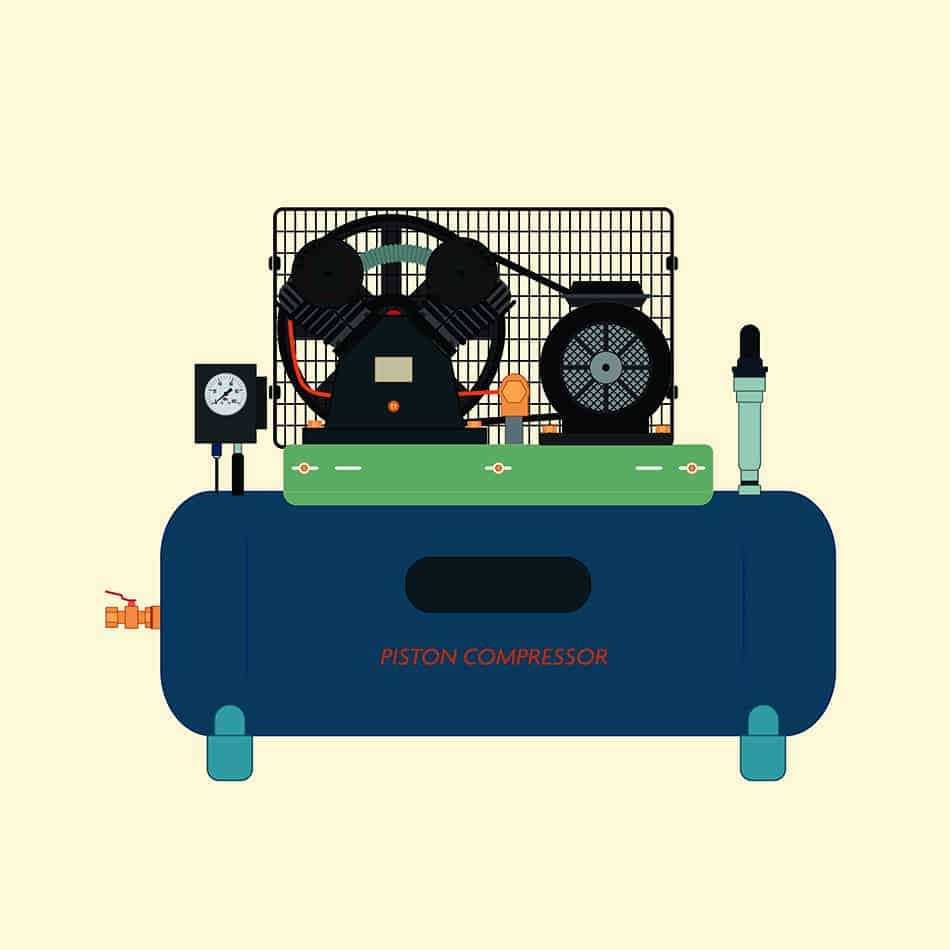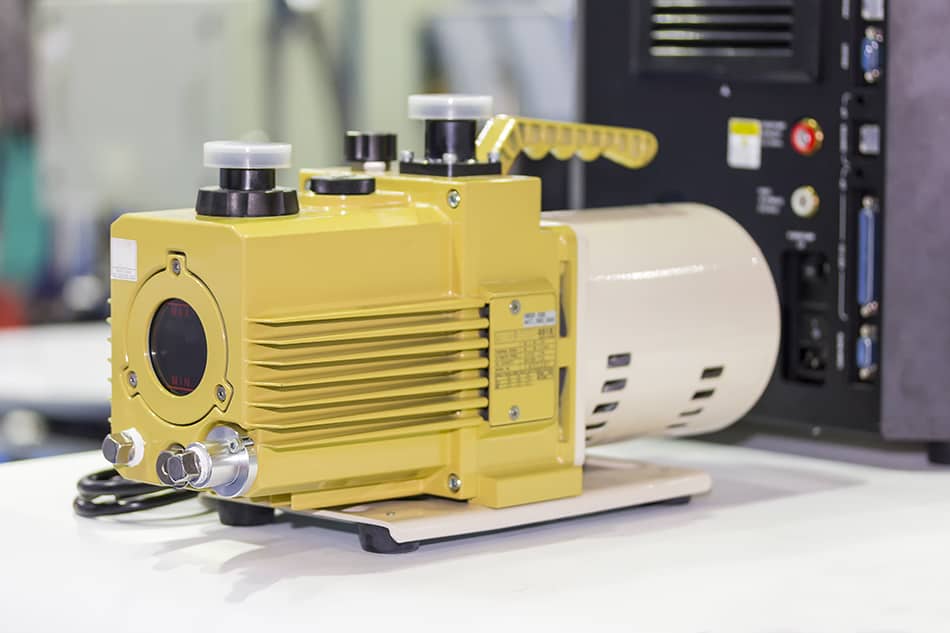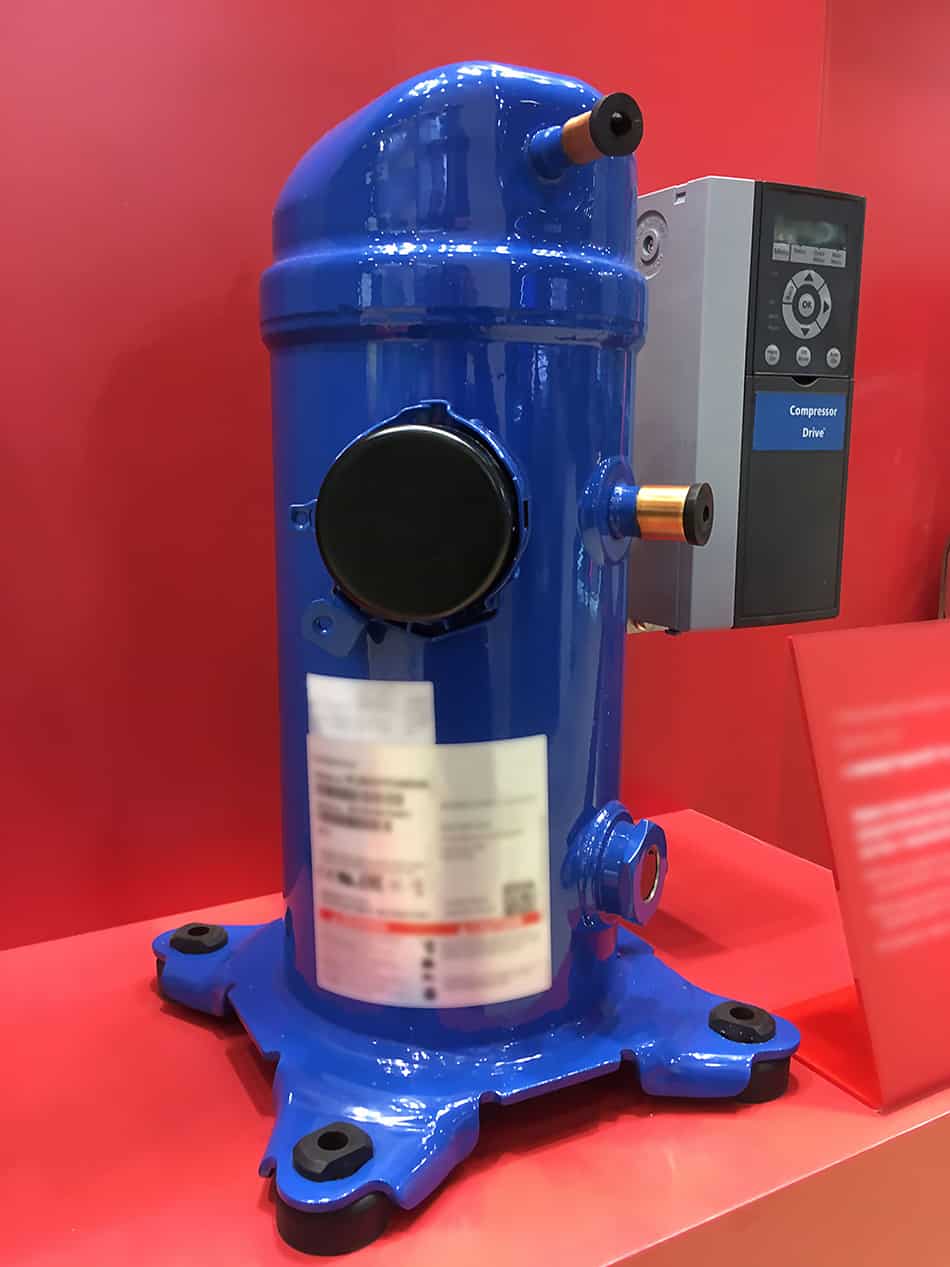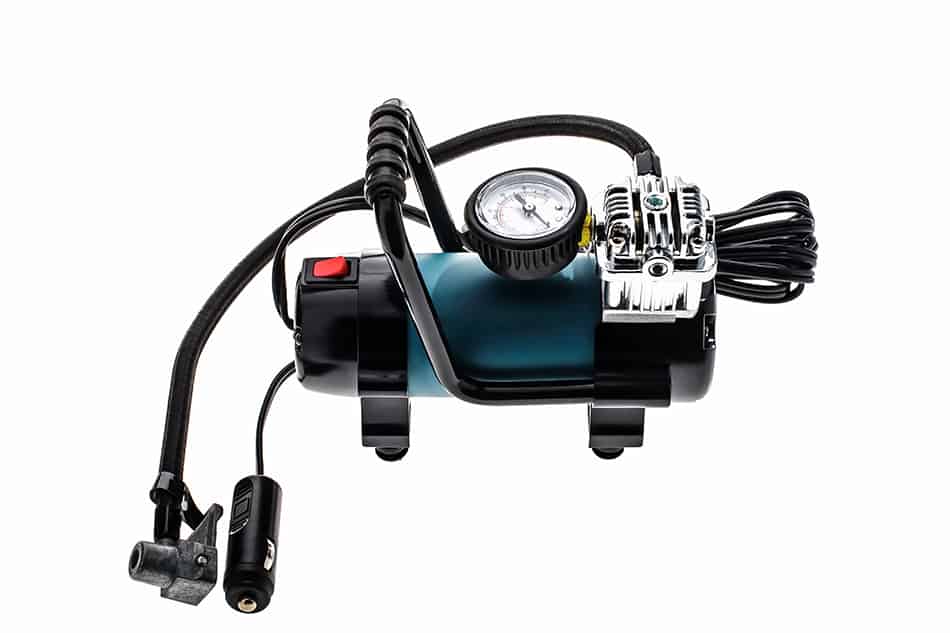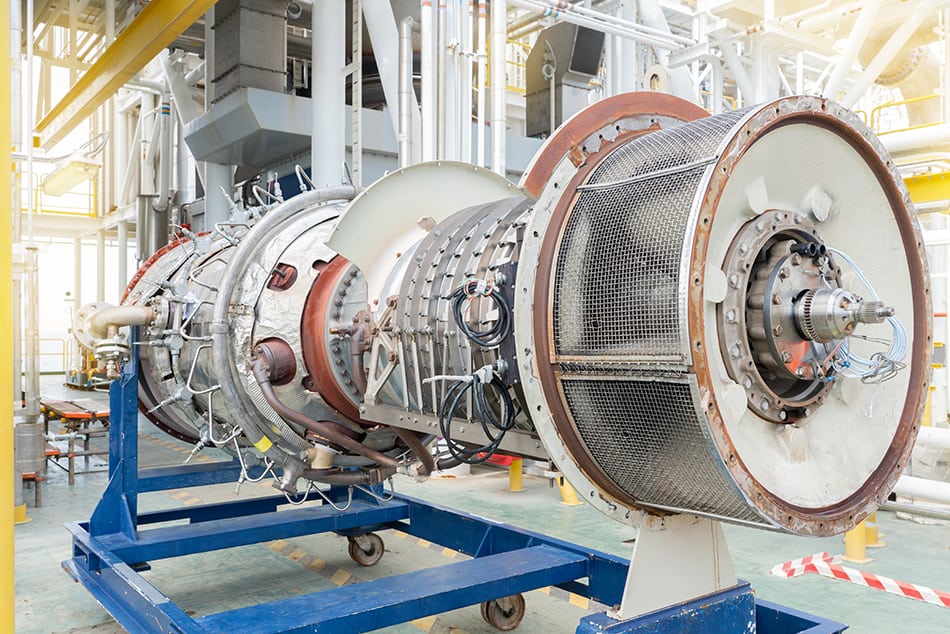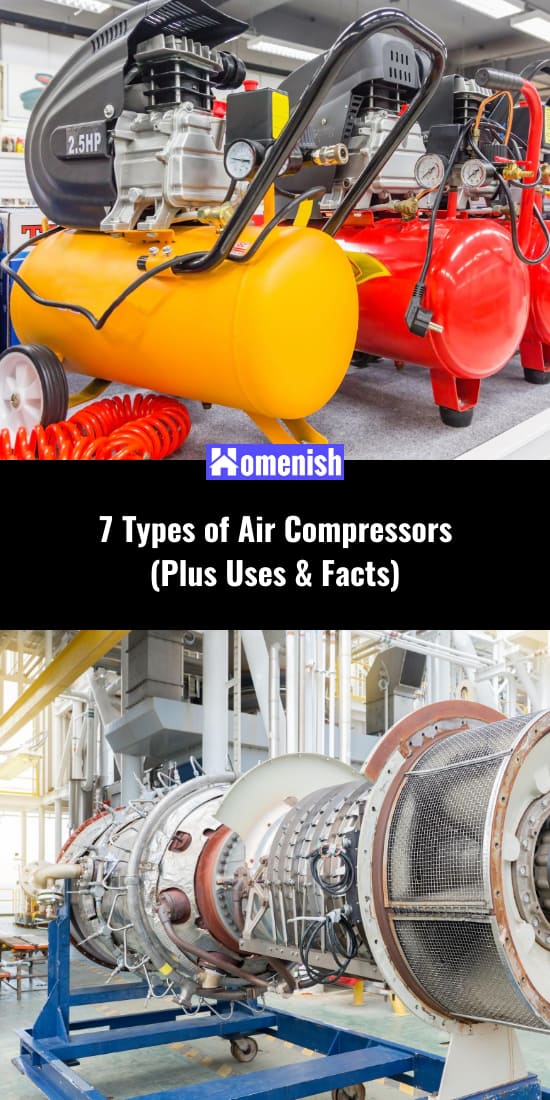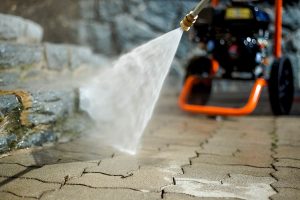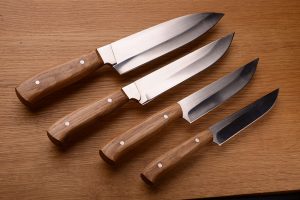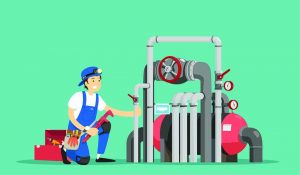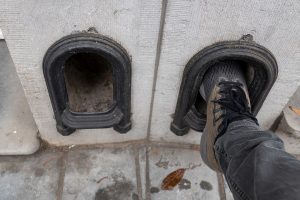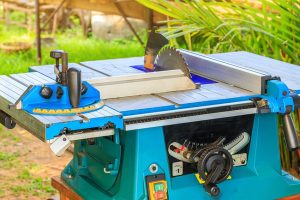An air compressor is one workhorse you would want to have at your disposal. There are plenty of things you can do with it. Aside from inflating tires, you can clean, paint, and drill with an air compressor. It’s no surprise that this versatile and useful device is integral in various industries.
How Do Air Compressors Work?
An air compressor operates by forcing air into a container before pressurizing it. The air is then forced through an opening where the pressure increases. You can liken the energy released by an air compressor to the air from a balloon. When the compressed air in the balloon is released, it can be used as energy.
In the past, air compressors were solely used in industrial shops. They were fixtures in gas stations and manufacturing plants. But these days, more and more people use air compressors at home. They store air compressors in their basements and garages. You can find different sized models capable of handling all sorts of jobs, from inflating tires and pools to using power tools like drills, sanders, and nail guns.
There are two principles applied in air compressors. These are positive displacement compression and dynamic displacement compression. Understanding the differences between the two can help you find the right air compressor for your needs.
Most air compressors for home use positive displacement compression. It’s versatile, reliable, and practical, which has made it adopted by various industries. It works by sucking air into a compressor chamber and reducing the volume of the chamber until an ideal pressure level is reached. Then, the compressed air is discharged through a valve at the set pressure to provide a steady flow of air.
Positive displacement compressors work with a constant flow of air regardless of the pressure. Popular air compressor types such as a rotary screw, reciprocating piston, scroll compressors, and rotary vane compressors make use of the positive displacement compression technology.
On the other hand, the dynamic displacement compressors are unlike positive displacement compressors as these need to work at a constant pressure. The performance of the compressor is hinged on external conditions like changes in inlet temperatures.
In dynamic compressors, the air is pulled between the blades on a speedily rotating compression impeller. The gas is subsequently discharged through a diffuser, wherein the kinetic energy is altered into static pressure. Dynamic compressors are fondly called turbocompressors due to their capability to produce high horsepower. Examples of air compressors that fall under dynamic compression are axial compressors and radial or centrifugal compressors.
Now that you have a basic understanding of how air compressors work, let’s take a look at the different types of air compressors available in the market.
Types of Air Compressors
Rotary Screw Air Compressor
Arguably the most common type of positive displacement compressor, the rotary screw air compressor is easy to maintain and operate. Most rotary screw air compressors come with an internal cooling system, which makes them built for continuous use. These are typically large machines that are found in large and small factories. But don’t be surprised to see one, too, in bigger garages and workshops.
A rotary screw compressor works by trapping air between two interconnected rotors that turn in opposite directions. It then reduces the volume of the trapped air while it moves down through the rotors. The reduction in volume leads to compressed air, which you can use for various applications. Rotary screw compressors vary in power, with base models having 5 horsepower and high-end units packing up to 350 horsepower.
While a rotary screw compressor sounds enticing to buy, it’s not something that’s built for everyone. If you need compressed air for simple hand tools and small DIY jobs at work, then you won’t have to buy a rotary screw compressor. The same goes if you envision using a compressor for small-time construction work like powering nailers, or you don’t need compressed air 24 hours a day, 7 days a week. But go ahead and shop for a new rotary screw compressor if your old unit needs a replacement or your existing compressor needs more capacity.
In shopping for a rotary screw air compressor, there are some things you need to consider. Aside from the horsepower, pay attention to the cubic feet per minute (CFM) and pounds per square inch (PSI) requirement of the unit. You may also want to consider a rotary screw compressor with a variable speed drive (VSD) as it is more efficient and energy-saving.
It also helps to buy a rotary screw compressor with integrated filters and air dryers. Fortunately, most manufacturers these days include integrated filters and air dryers in their products to provide buyers with a complete experience. You should also consider the electrical phase of your requirements, something that your electrician can help you determine. Finally, buy a rotary screw air processor from a reputable manufacturer. Some of the better-known air compressor brands are Belaire, Ingersoll Rand, and Chicago Pneumatic.
Reciprocating Piston Air Compressor
Another type of air compressor using positive displacement, the reciprocating piston air compressor makes use of a piston and cylinder to compress the air. The piston goes back and forth in a reciprocal movement, hence its name. The design of the compressor is similar to that of an internal combustion engine. The piston is driven by a crankshaft powered by a motor, which determines the total horsepower of the unit.
It has three types: single-stage, two-stage, and duplex units. In a single-stage piston compressor, the air is drawn into the cylinder and compressed in a single piston stroke. It is then sent to a storage tank. On the other hand, a two-stage reciprocating piston compressor features an extra step. The air is compressed by a smaller piston, thus the name two-stage compressor.
Lastly, the duplex types are practically two separate compressors installed on a single tank. Their capacity can go up to 70 cfm, and pressure can go up to 175 psi. Duplex units are bigger than single and multi-stage units. However, it has a lower pressure compared to the two-stage compressor. An advantage of the duplex compressor is when a compressor fails to work, you can still use or harness the other compressor.
Because the internal components of a reciprocating piston are prone to friction, there’s the possibility that the compressor runs hot and creates noise. Lubrication is thus important for most reciprocating compressor units, although there are models with oil-less options.
If you’re thinking of buying an air compressor for your home construction projects or installation at your garage, then consider getting a reciprocating piston air compressor.
Unlike the rotary screw compressor, this one is not intended for continuous use. As for the size, reciprocating compressors are smaller compared to rotary screw compressors. Most units are about 10 horsepower. As such, you can find reciprocating compressors at workshops, garages, small businesses, and construction work.
Rotary Vane Air Compressor
Rotary vane compressors have been around for centuries and are utilized for a variety of purposes aside from compressed air. An Italian engineer named Agostino Ramelli is credited to have written the first known literature about a sliding vane pump. But a Canadian engineer named Charles Barnes is considered the inventor of the modern design after his rotary vane pump was patented in the late 19th century.
Rotary vane compressors operate on a principle similar to that of a rotary screw compressor. But instead of helix rotors, it uses vanes to compress air entering the activity. It is also oil-cooled, just like the rotary screw compressor.
The unit has a cylindrical rotor placed inside a housing. The rotor features a few slots inside where the vanes are placed. It is placed in such a way that it almost gets entangled with the housing. This way, the vanes will be pushed out through centrifugal force enabling the air to be trapped in between. As such, the air is reduced in volume and pressurized by the rotating movement of the rotor.
Rotary vane compressors are used in various applications across many industries, including power generation, agriculture, automotive, manufacturing, pharmaceutical, woodworking, and food and beverage. Applications include, among others, sterilization of medical instruments, operating diverse tools, and drying products.
One advantage of a rotary vane compressor is its ease of maintenance. You only need to apply a small amount of oil for lubrication. With proper maintenance, you can expect the unit to run for many years, and even under the most demanding conditions. Moreover, the replacement of parts is relatively easy and would only be accomplished within a few hours on site.
Rotary vane compressors are also a lot simpler in design compared to reciprocating compressors. Rotary compressors have fewer moving parts, unlike reciprocating compressors, which are more complex machines. More moving parts mean increased risks of malfunction as more parts can fail to move.
In buying a rotary vane compressor, consider several factors such as the duty cycle, which refers to the capacity of the unit to operate at peak performance without overheating or deteriorating. It is typically measured as a percentage. Consider getting a compressor with a high duty cycle percentage, especially if you need to work on heavy-duty tasks.
Maintenance is also important. Aside from replacing oil, other maintenance tasks involve cleaning out the air filters and oil filters. You may also have to replace both filters at a certain point, especially after prolonged use. The good news, though, is that none of the aforementioned components are expensive. These parts are also easy to find or buy and replace.
Scroll Air Compressor
A scroll air compressor is another positive displacement compressor ideal for light-duty applications. It has two main components— a stationary scroll and another that moves. The moving scroll is rotated at an angle of 180 degrees. Precisely machined, both scrolls form part of an involute spiral. Both are bounded by a cover and a flat base.
Movement of the scroll creates suction, drawing gas from inlet openings. As the gas gets trapped in pockets between the scrolls, it gets forced toward the center by the continuous movement of the scrolls. It then reaches the middle of the assembly, wherein the pressurized gas is discharged through a port.
Scroll compressors are valued for being reliable and low maintenance. It has few moving parts, which make it easier to maintain. It also tends to run quieter compared to other compressors, particularly piston compressors. The absence of inlet or discharge valves that generate noise contributes to this. Scroll compressor operation is also known for being smooth and vibration-free.
Scroll compressors are widely used in industrial applications. These units are best for air-conditioning applications. These are also used in truck transportation and food refrigeration.
When selecting or buying a scroll compressor, you’ll have to choose from a single-phase and three-phase motor. Your decision would be based on the type of electricity connection available. Next, you must consider the various pressure and flowrate considerations. You should also consider the noise level of the unit, especially if you are to use it in a residential air conditioner.
Portable Air Compressor
A portable air compressor is exactly what you need for simple applications like repairing a flat tire or powering heavy tools like staple guns or air rachets. This handy and versatile tool is a fixture in a handyman’s toolbox. It is not only portable but easy to carry around and store in any part of your home.
Portable air compressors can be further categorized into four types: air inflators, twin stack air, pancake air, and hotdog air compressors. Air compressors are best used in inflating balls and tires, while pancake air compressors are utilized in airbrushing. Hotdog air compressors are commonly used in home DIY projects including for air tools, while twin stack air compressors are for professional carpentry or contractor works.
This type of air compressor is powered by either gas or electricity. An electric air compressor can operate on standard household voltage. This kind of air compressor won’t emit fumes and thus best for indoor applications. On the other hand, a gas power compressor is the most practical choice for builders and remodelers because of its convenience and its high output. The downside is that this air compressor type emits fumes and should only be used outdoors.
Axial Air Compressor
As mentioned earlier, axial compressors are one of the three types of dynamic compressors. And because of that, axial compressors work under constant pressure, unlike their displacement counterparts. Their operations are affected, too, by changes in external factors like inlet temperature. Axial compressors are used in industrial applications such as aircraft propulsion and electricity generation.
As their name indicates, axial compressors don’t change the direction of air. The gas remains axial. It enters and exits the compressor in an axial direction and parallel to the axis of rotation. The air is accelerated and diffused so that the pressure is increased.
Axial compressors are small and light but surprisingly operate at high speeds. Similar to other dynamic compressors, axial compressors are utilized for applications such as ventilation systems, thanks to their capability to provide constant high flow rates and high-pressure ratio. These result in better fuel efficiency.
Centrifugal/Radial Air Compressor
The centrifugal or radial compressor is another type of dynamic compressors. Also known as radial fans and blowers, it provides a safe, reliable, and efficient technology in areas of applications where this kind of compression is required.
In a radial compressor, the air is forced into the center of a rotating impeller characterized by radial blades. The centrifugal force draws the air towards the middle, increasing pressure and production of kinetic energy. But before the air is led to the center of the impeller, there is a conversion of pressure from kinetic energy.
Each stage contributes to the overall increase in pressure. Several stages can also be arranged to achieve a higher pressure, depending on what is required for the application. Multi-stage application is typically used in industries such as oil and gas production. In other industries such as wastewater treatment, low pressure and single-stage applications are commonly harnessed to achieve the needed pressure ratio.
Centrifugal compressors are widely used in industrial applications. For environmental applications, centrifugal or radial compressors are harnessed for drying, aeration, and wastewater treatment. In the textile industry, centrifugal compressors are utilized for various applications ranging from drying to dust extraction.
In food and non-food packaging, this type of air compressor is valued for its ability to extra film and foil pieces. The same goes for dust extraction, which is a vital process in the wood industry. Finally, centrifugal compressors are used in the printing industry, particularly for air supply cabinets for printing presses and post-press machines.
In conclusion, air compressors come in a wide range of types, which means you should be able to find a unit that best suits your needs. Whether you need an air compressor for inflating car tires or you’re after a device for an industrial purpose, there should be a unit that can address your requirements.
